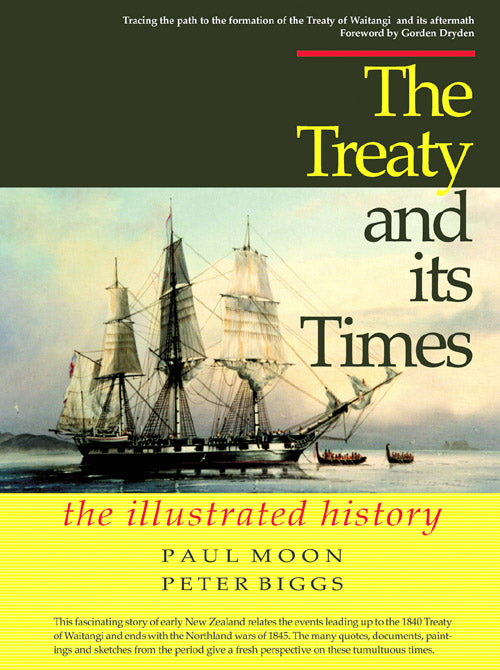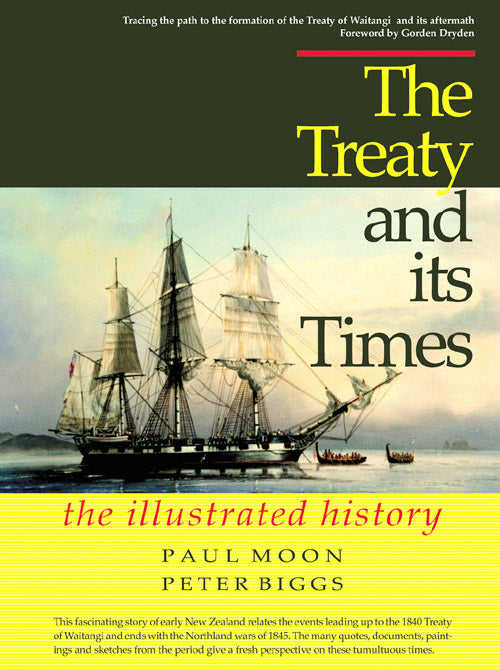In the connected, computerised, world-networked space age of the early twenty-first century, it’s almost impossible to imagine New Zealand life in the 1840s:
A country as big as Great Britain and four months on average by sailing ship away from Britain. No roads. No railways. The only internal transport: by huge canoes skimming through the rivers, lakes and gorges of some of the world’s most magnificent scenery.
A Maori population of perhaps a hundred thousand, devastated by twenty years of what later historians would call the Musket Wars. Inter-tribal wars that left thousands slaughtered and thousands captured as slaves; large areas — such as present-day Auckland — almost deserted by the wars, now blood-drenched massacre sites.
A new small population of three hundred Europeans, recently arrived from the other side of the world. Nearly all from Britain, and many living in what was already being called the drunken hell-hole and human cess-pit of the Pacific, in a shanty-town in New Zealand’s far north.
The moral leaders of these settlers: the Anglican and Methodist missionaries from Britain. Their promise: a new religion that talked of a trinity and a promised afterlife. Among their main imports: a written language and the ability to translate it into the spoken words and songs of Maori who had not previously known any form of writing.
A British Government, overseeing the world’s greatest Empire where a new nineteen-year-old Queen was now the head of state. London, the imperial capital: locked in debate over the very morality of bleeding its existing colonies of cheap raw materials to feed an industrial revolution that was transforming the world. An empire that had only recently abolished slavery.
Over the preceding years, four events had entwined to weave the fate of a nation:
One. A disagreement over creating the Maori written language and the decision of an English missionary to take two New Zealand Maori chiefs to England in 1820 to help in the translation. The flax-cloaked visitors were showered with money and gifts which they exchanged for the muskets that were to power the next New Zealand inter-tribal slaughter. Some other tribes then rushed to swap land, flax, dried heads and sex for even more muskets; and
Two. France sending the first of a planned migration of French citizens to New Zealand’s South Island as Britain was preparing to offer a treaty and its protective sovereignty to New Zealand’s Maori tribes. France racing to get to the new country before a treaty could be signed; and
Three. The New Zealand Company — set up by a group of British businessmen and politicians — also heading out to sea to beat the British Government’s plans. Six canvas-rigged ships already geared to sail to New Zealand to establish the first of what was promised as a semi-utopian series of company-based settlements; and
Four. A British naval captain, with no experience in government, being appointed as Governor. His prime task: in his first few days in a strange country, to write a treaty to present to the New Zealand Maori chiefs, and to have it translated into their new written language while he was ill. A diffident, unimpressive man with little concept of the difficulty of accurately translating abstract English words such as sovereignty into a language and culture that was substantially different.
Given this start, it’s almost amazing that the nation formed by these events, with still only four million people, should today be an advanced modern society — but a nation still locked in robust debate to determine the meaning of that Treaty which many today regard as New Zealand’s founding document. This book is a must for all.


